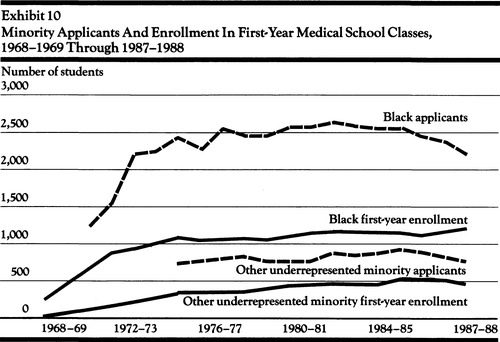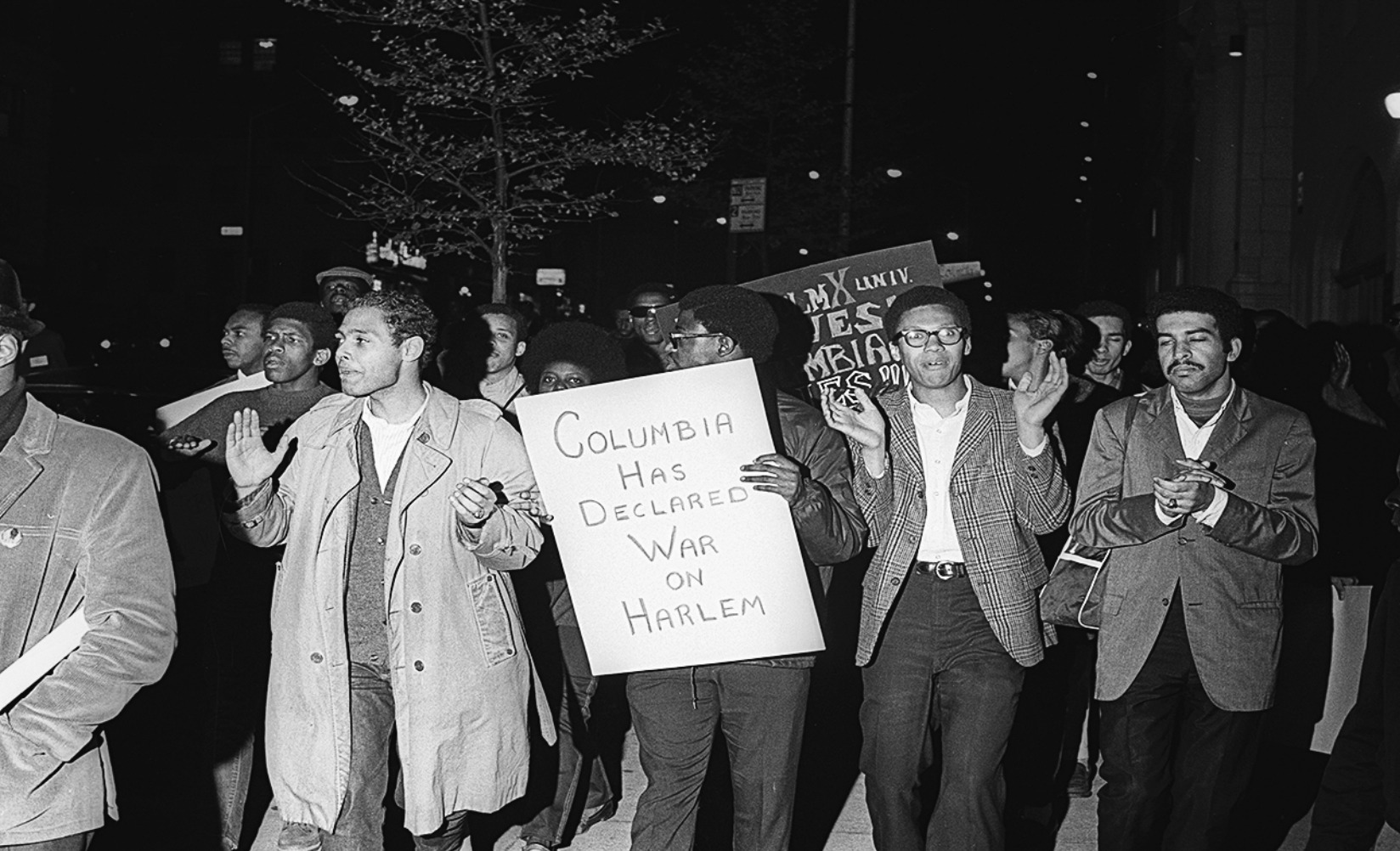Unpacking the Experiences of Black Medical Students
Students of Medicine in the '60s
At the start of the 1960s, medical education institutions began to respond to a national consensus that there was a shortage of physicians. The Civil Rights Movement further affected the administration of medical education institutions. As depicted in an article in Health Affairs, a leading health policy journal, the American Association of Medical Colleges (AAMC) aimed for minority representation in medicine to align with the U.S. population. In 1970, the AAMC set a goal that "12 percent of entering medical school classes should comprise underrepresented minorities by 1975. Although enrollment of underrepresented minorities increased rapidly from 3.0 percent in 1968–1969 to 7.1 percent in 1970–1971, reaching 1,473 first-year students by 1974–1975, subsequent years saw fluctuations. A new high was achieved in 1979–1980, but it wasn't until the 1980s that the percentage of first-year positions occupied by underrepresented minorities began to rise consistently, reaching 10.2 percent in 1987–1988" (Jolly 1988).
As can be seen in the rightmost exhibit, the number of underrepresented minority applicants in medical schools has trended downward in tandem with the overall applicant numbers, but the decline among minorities has been more gradual. As a result, the minority percentage of all applicants has climbed to 10.6%. Despite affirmative-action initiatives, underrepresented minorities made up less than 3% of medical school faculties as of 1988 (Jolly 1988).
Columbia and the Vagelos College of Physicians and Surgeons
Bradley's "Upending the Ivory Tower: Civil Rights, Black Power, and the Ivy League" sheds light on the campus climate at Columbia following the Dartmouth chapter, highlighting the contrast between rural Hanover and urban New York. At issue in the latter was Columbia's institutional expansion plans. Bradley notes that the neighborhoods "around the medical school [Vagelos] in Washington Heights, parts of Manhattanville, and other enclaves have observed Columbia’s creep" (Bradley 2018). By 1967, when Dr. Buckner would have entered his first year at Vagelos, Columbia and other universities had jointly established a five-year prospectus on expansion in Morningside Heights and beyond (into Manhattanville West Area). Over a ten-year period, Columbia moved 10,000 people out of their homes (Bradley 2018).
"[I chose Columbia] because that was where my family was from."
- Dr. John Buckner


